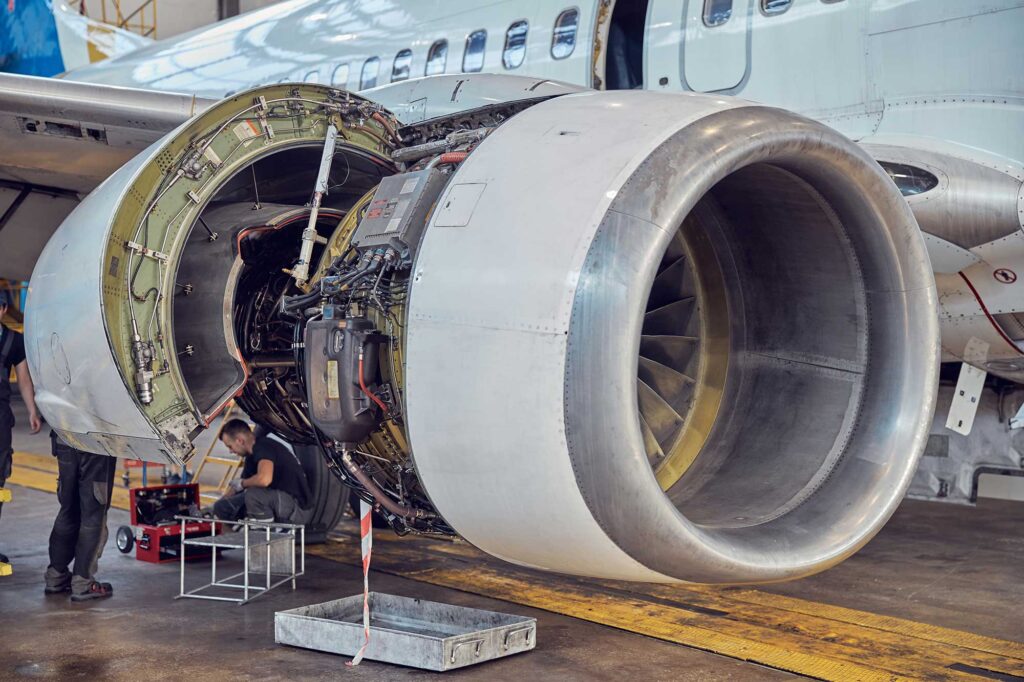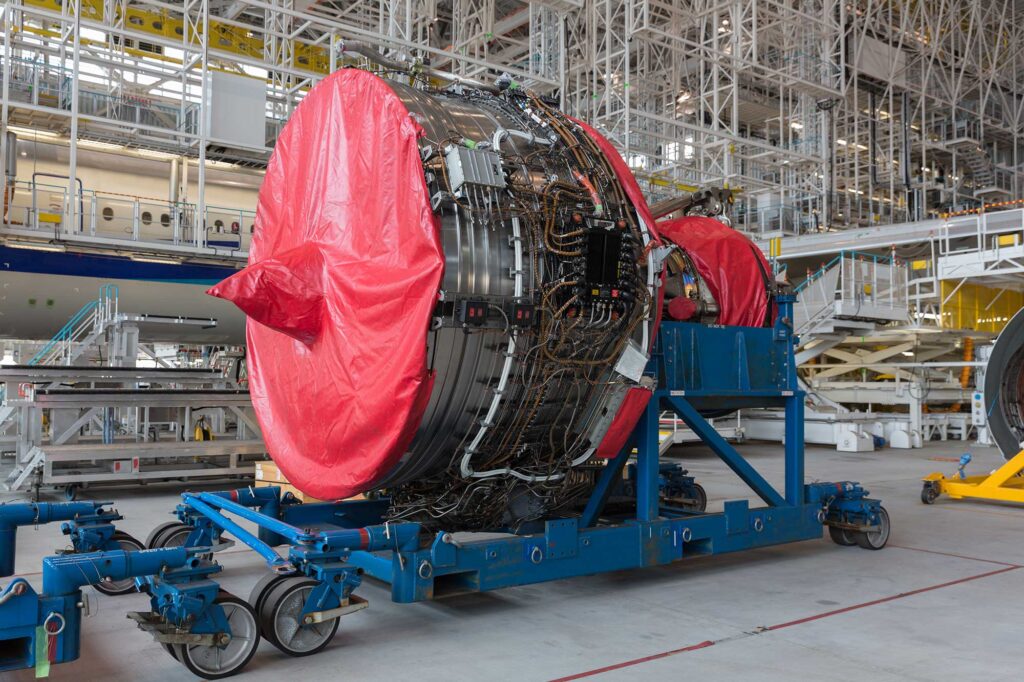Aerospace is one of the most advanced and regulated sectors worldwide, and includes the manufacture, operation and maintenance of aircraft, as well as the development of technology for space exploration.
From commercial aircraft to military and exploration vehicles, technology, safety and regulatory compliance are critical to ensure the safe and efficient operation of these systems.
Strict regulations and the need to maintain the highest safety standards make MRO in the aerospace industry a must-have component.
Adalis solutions, we adapt to you
MRO management in the aerospace industry
MRO in the aerospace industry ensures that aircraft meet the safety and efficiency standards set by regulatory authorities, such as the FAA (Federal Aviation Administration) in the United States or the EASA (European Union Aviation Safety Agency) in Europe.
MRO management encompasses a number of key activities that keep aircraft in optimal operating condition, minimizing downtime and ensuring safe operations.
Key requirements for MRO management in the aerospace industry
- Regulatory compliance: All MRO activities in the aerospace field must comply with strict safety standards set by the aviation authorities. This includes specific certifications for technicians, facilities and processes.
- Planning and control: coordination of maintenance tasks is essential to minimize aircraft downtime. This includes both scheduled maintenance and the ability to respond quickly to failures or unplanned needs.
- Inventory management: spare parts must be available in advance and meet quality and traceability requirements, using only certified and approved components.
- Exhaustive documentation: maintenance activities in the aerospace industry must be documented in detail to ensure traceability and regulatory compliance in audits or inspections.
- Training and certification: aerospace technicians and maintenance personnel must be trained and certified to perform specific tasks on aircraft and systems.

Control of forgotten items in the aircraft: FOD in the aerospace industry
We speak of FOD when referring to any object forgotten inside the aircraft or in sensitive areas, and which may compromise flight safety or may be a hazard to aircraft operations.
This risk is known as Foreign Object Debris (FOD), and its prevention is a priority in the aerospace sector.
Requirements and measures to prevent FOD:
- Tool control systems: all equipment and tools used must be clearly identified and recorded, with procedures for counting before and after use to ensure that nothing is left inside the aircraft.
- Exhaustive inspections: visual and physical inspections of work areas to ensure that no foreign objects are left in the aircraft.
- Staff training: technicians should receive specialized training on the risks associated with FOD and the procedures to prevent it.
- Use of technology: systems such as object detectors, cameras or sensors are used to ensure that no items are left unattended in critical areas.
- Strict protocols: MRO organizations in aerospace implement detailed checklists and standardized procedures to minimize human error.
- Safety culture: FOD prevention is part of a broader safety culture, where attention to detail and individual responsibility are essential.
By meeting these requirements, aerospace companies are able to improve flight safety and prevent additional costs resulting from damage, operational delays and potential regulatory penalties.

Customers who trust us
Success stories in the aerospace sector
Develop personalized and identified toolboxesThe integration of RFID technology, together with the integration of RFID technology, has been an effective solution to prevent FOD at Airbus.
Thanks to the technology implemented by MRO organizations such as Adalis, safety and efficiency in maintenance operations have been improved, and compliance with regulatory standards has been ensured, reducing costs associated with human error or loss of tools.
Example of workflow with RFID solutions:
- Start of work: the technician registers the exit of tools from the box by means of an RFID reader, and the system automatically updates the inventory.
- During maintenance: the RFID reader detects the tools in use and their location in real time.
- Completion of the work: the technician returns the tools to the box. If any tool is missing, the system generates an alert indicating its possible location.
- Automatic reporting: the management software generates a detailed report on the use of the tools and verifies that all tools are present.
RFID technology in the aerospace industry: implementation
- RFID tags on tools: each tool is equipped with a unique RFID tag containing detailed information such as serial number, usage history and location.
- RFID readers: readers installed in toolboxes, workstations or maintenance areas automatically detect tools, recording their entry and exit.
- Management systems: data from the RFID readers are integrated into management software that monitors tool inventory in real time and generates alerts if any tools are missing or misplaced.
Benefits of RFID in MRO for tool control:
- Full traceability: allows you to keep a detailed record of each tool, its location and status.
- Real-time alerts: if a tool does not return to the box or is out of place, the system issues an immediate alert.
- Time reduction: automates the process of counting and locating tools, eliminating manual inspections.
- Integration with MRO systems: integrates with maintenance software to generate audit and compliance reports.
- Loss prevention: minimizes the risk of tool loss or theft, reducing costs and improving operational safety.
- Inventory optimization: efficiently manages tool inventory, avoiding unnecessary duplicates and ensuring that all tools are available when needed.
Solutions MRO

